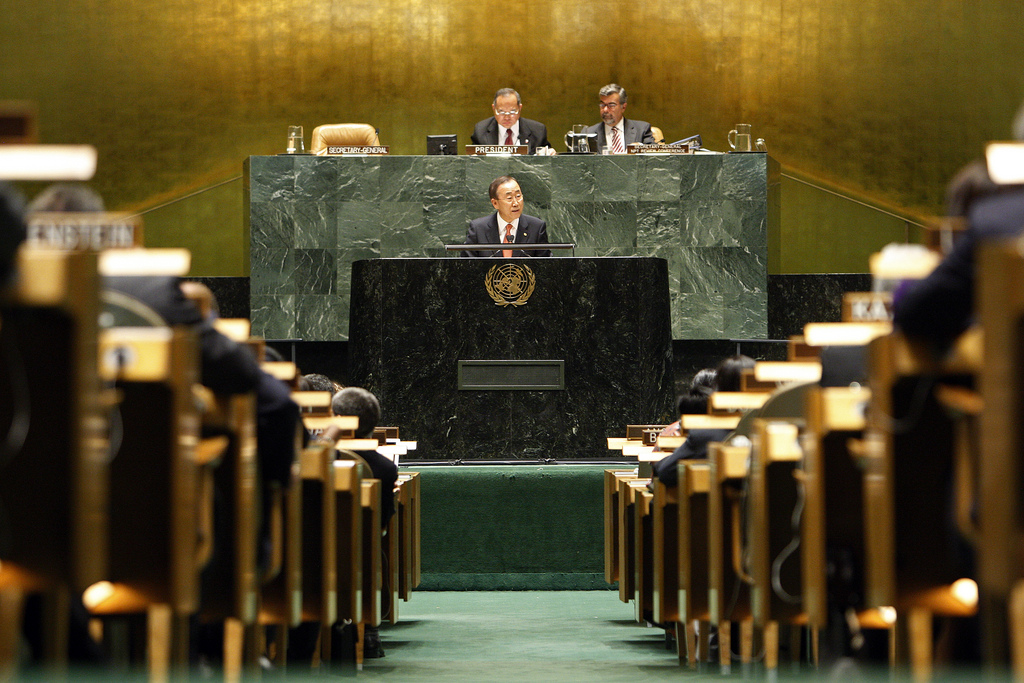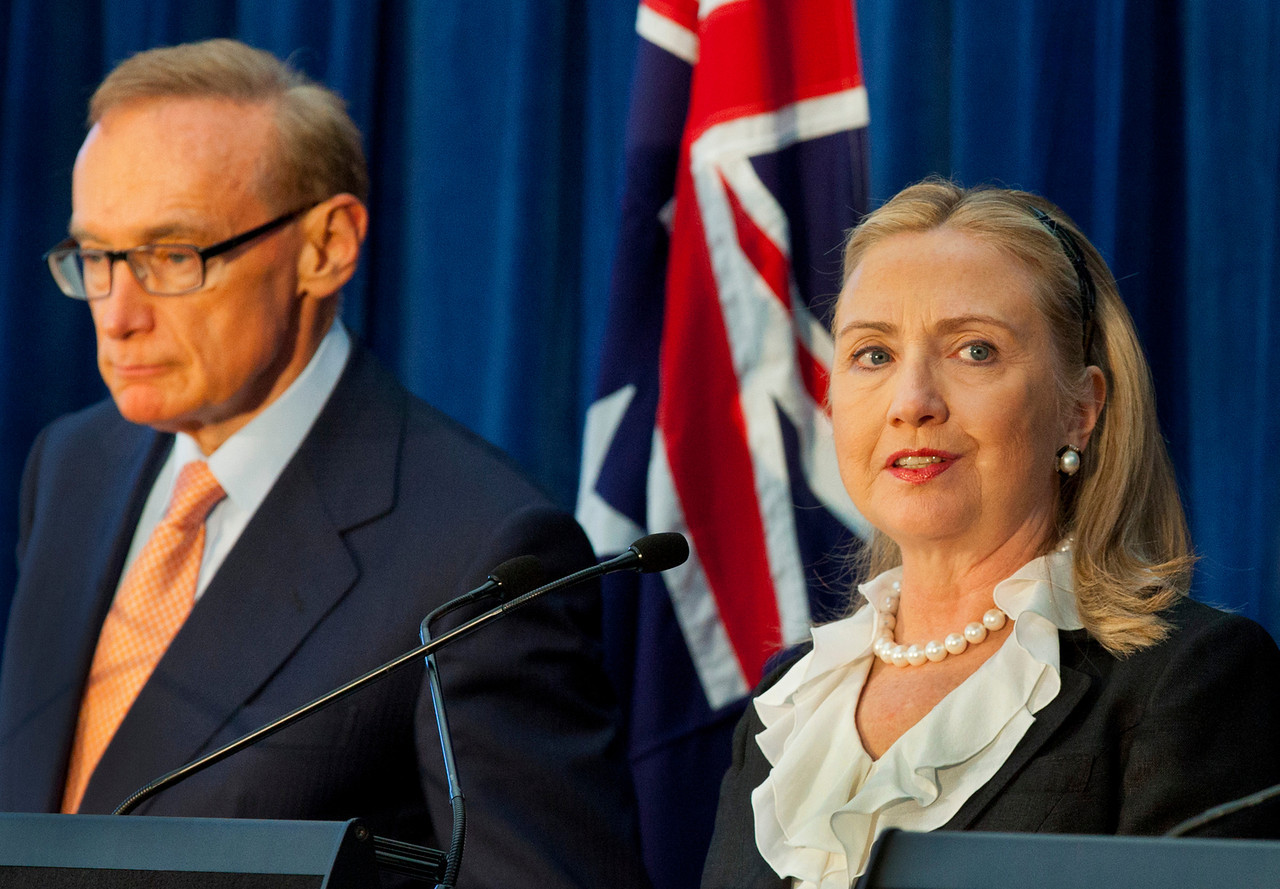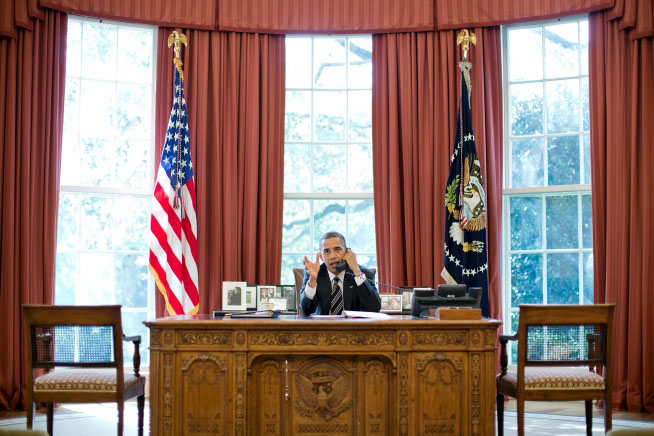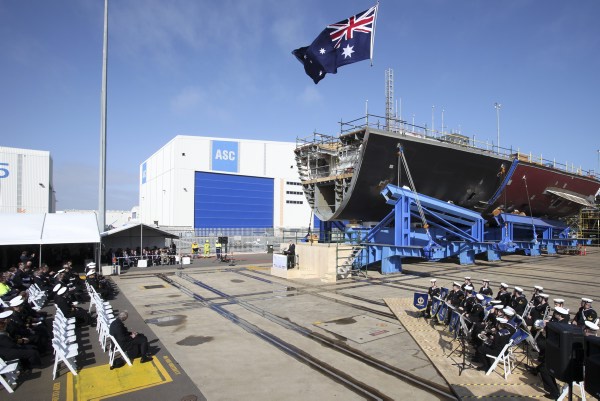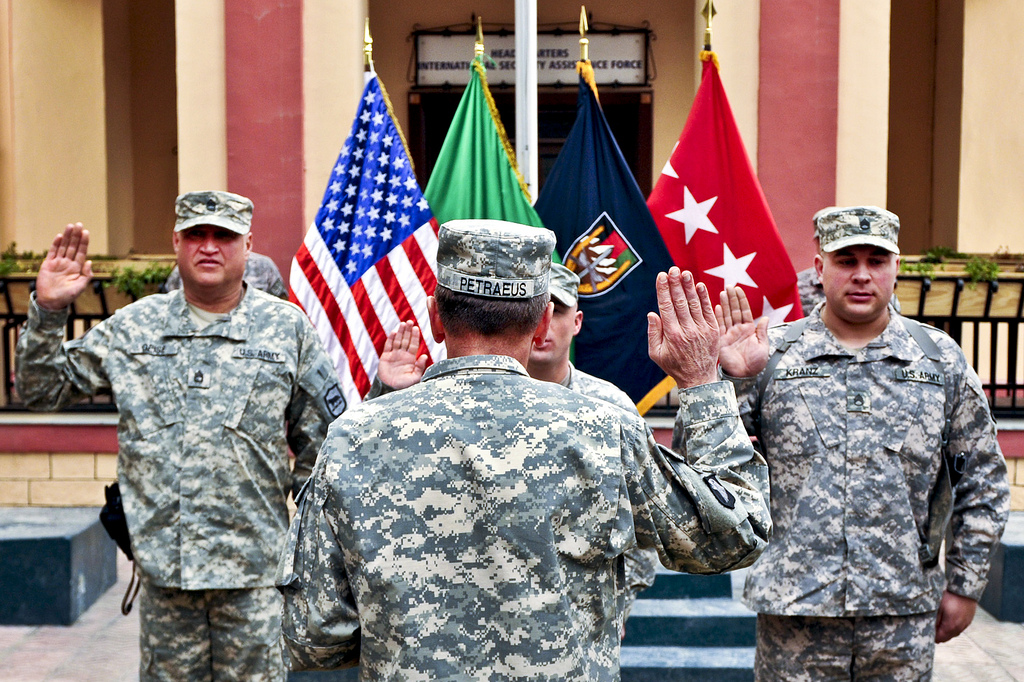Fasten your seatbelts: nuke talks are about to get very bumpy
Diplomats at the UN in New York have revealed that a long-awaited conference on establishing a WMD free zone in the Middle East has been cancelled. The meeting was due to take place in Finland next month, and was supposed to bring together representatives from across the Middle East—including Israel and Iran—to begin discussions on ridding their region of nuclear, chemical and biological weapons and their means of delivery.
The cancellation of an international conference might not sound like ground-breaking news, but it’s far more significant than many people will realise. Its roots go all the way back to 1990, when the UN General Assembly passed a resolution calling for the establishment of the zone, primarily as a way to deal with Israel’s nuclear weapons program. In 1995, the goal of creating the zone became embedded in the nuclear non-proliferation treaty (NPT) review process when negotiators struck a series of political bargains to help drum up support for the NPT’s indefinite extension. A number of states in the Middle East had been reluctant to support the treaty’s extension, because their commitment not to develop nuclear weapons and to remain within the treaty would put them at a permanent disadvantage unless Israel, which has never joined the treaty and is widely known to be an undeclared nuclear weapons state, disarmed. Eventually, they were persuaded to drop their reservations. In return, all NPT parties pledged to ‘exert their utmost efforts’ to ensure that a ‘zone free of all nuclear and other weapons of mass destruction and their delivery systems’ was established in the Middle East. Read more

